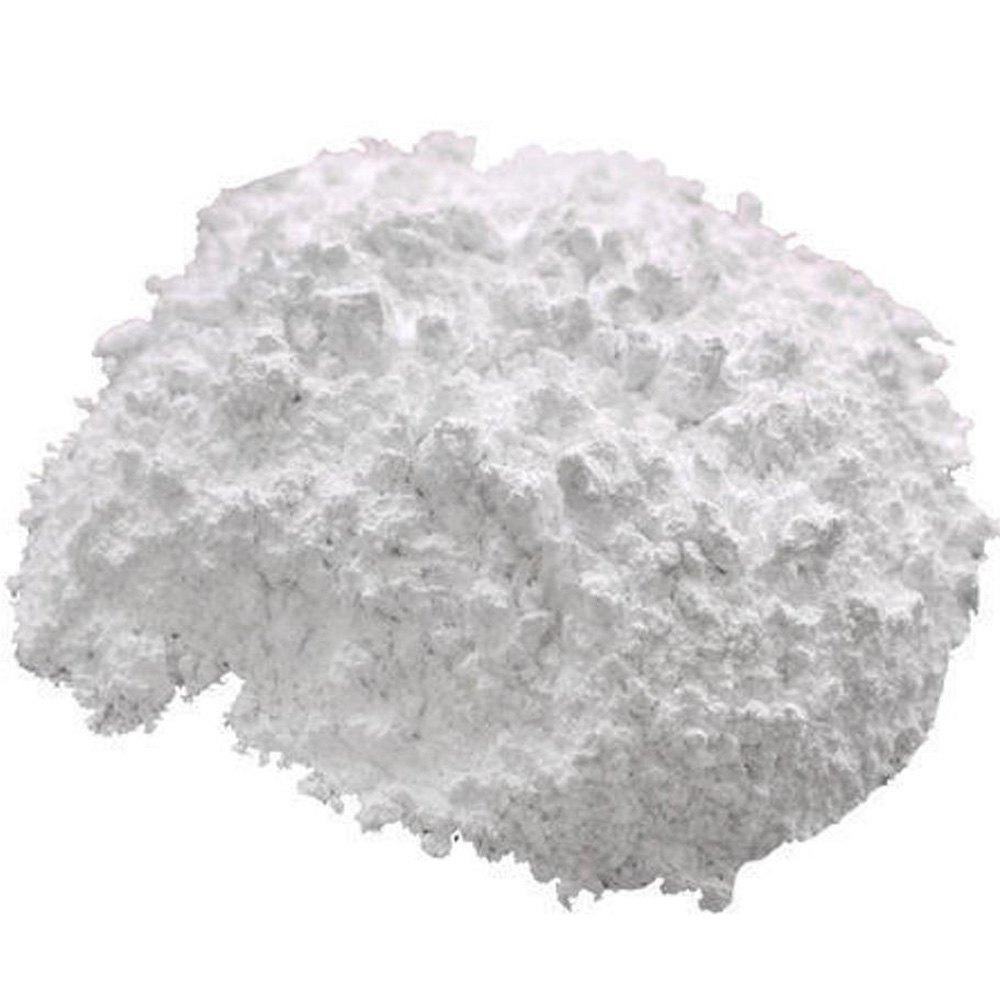Activated calcium carbonate is increasingly recognized for its versatility in various applications, particularly in the plastics industry. This compound is not only a popular filler but also contributes to enhancing the performance of plastic products. Here’s an overview of how activated calcium carbonate is utilized in the production of plastic products and its benefits.
Understanding Activated Calcium Carbonate
Activated calcium carbonate is a modified form of calcium carbonate that has been treated to increase its surface area and reactivity. This treatment enhances its properties, making it an excellent choice for use in plastics. The increased surface area allows for better dispersion within the polymer matrix, leading to improved mechanical properties and other beneficial effects.
Benefits of Using Activated Calcium Carbonate in Plastics
- Cost-Effectiveness: One of the primary advantages of incorporating activated calcium carbonate into plastic products is cost reduction. By using it as a filler, manufacturers can decrease the amount of more expensive resin needed, ultimately reducing production costs. This is especially beneficial in industries where margins are tight.
- Improved Mechanical Properties: Activated calcium carbonate contributes to enhancing the mechanical strength and durability of plastics. By improving the rigidity and tensile strength of the plastic material, it helps create products that can withstand various stresses during use. This quality is crucial for applications such as packaging, automotive parts, and consumer goods.
- Enhanced Processing: The use of activated calcium carbonate can improve the processing characteristics of plastics. It can facilitate better flow during the molding and extrusion processes, leading to more efficient manufacturing and less energy consumption. This results in shorter production times and reduced costs for manufacturers.
- Environmental Benefits: As industries strive to reduce their environmental impact, activated calcium carbonate offers a sustainable option. It is a natural, abundant mineral that can be sourced responsibly. Additionally, using it as a filler can reduce the need for synthetic additives, contributing to a greener product.
Applications in Plastic Products
Activated calcium carbonate is commonly used in various types of plastic products, including:
- Polypropylene and Polyethylene Products: These materials are widely used in packaging, containers, and automotive components. Incorporating activated calcium carbonate improves their strength and performance while reducing costs.
- PVC Products: In polyvinyl chloride applications, activated calcium carbonate can enhance the thermal stability and reduce the brittleness of the final product. This makes it suitable for construction materials such as pipes and fittings.
- Styrene-Based Plastics: In polystyrene and other styrene copolymers, activated calcium carbonate helps improve impact resistance and overall mechanical performance.
Challenges and Considerations
While there are numerous advantages to using activated calcium carbonate in plastics, some challenges must be considered. One of the main concerns is the potential for increased water absorption in some applications, which can affect the performance of plastic products over time. Additionally, manufacturers must ensure that the activated calcium carbonate is properly processed and dispersed to avoid issues with consistency and quality.
It is also essential for manufacturers to comply with regulations regarding additives in plastic products, especially those intended for food packaging or medical applications. Proper testing and quality control are necessary to ensure that activated calcium carbonate meets all safety standards.
Conclusion
In summary, activated calcium carbonate offers a range of benefits for use in plastic products. Its cost-effectiveness, ability to enhance mechanical properties, and environmental benefits make it a valuable additive in the plastics industry. By understanding the advantages and addressing the potential challenges, manufacturers can effectively utilize activated calcium carbonate to improve the performance and sustainability of their plastic products. As industries continue to innovate, the role of activated calcium carbonate in plastics will likely grow, contributing to more efficient and environmentally friendly production methods.
4o mini

